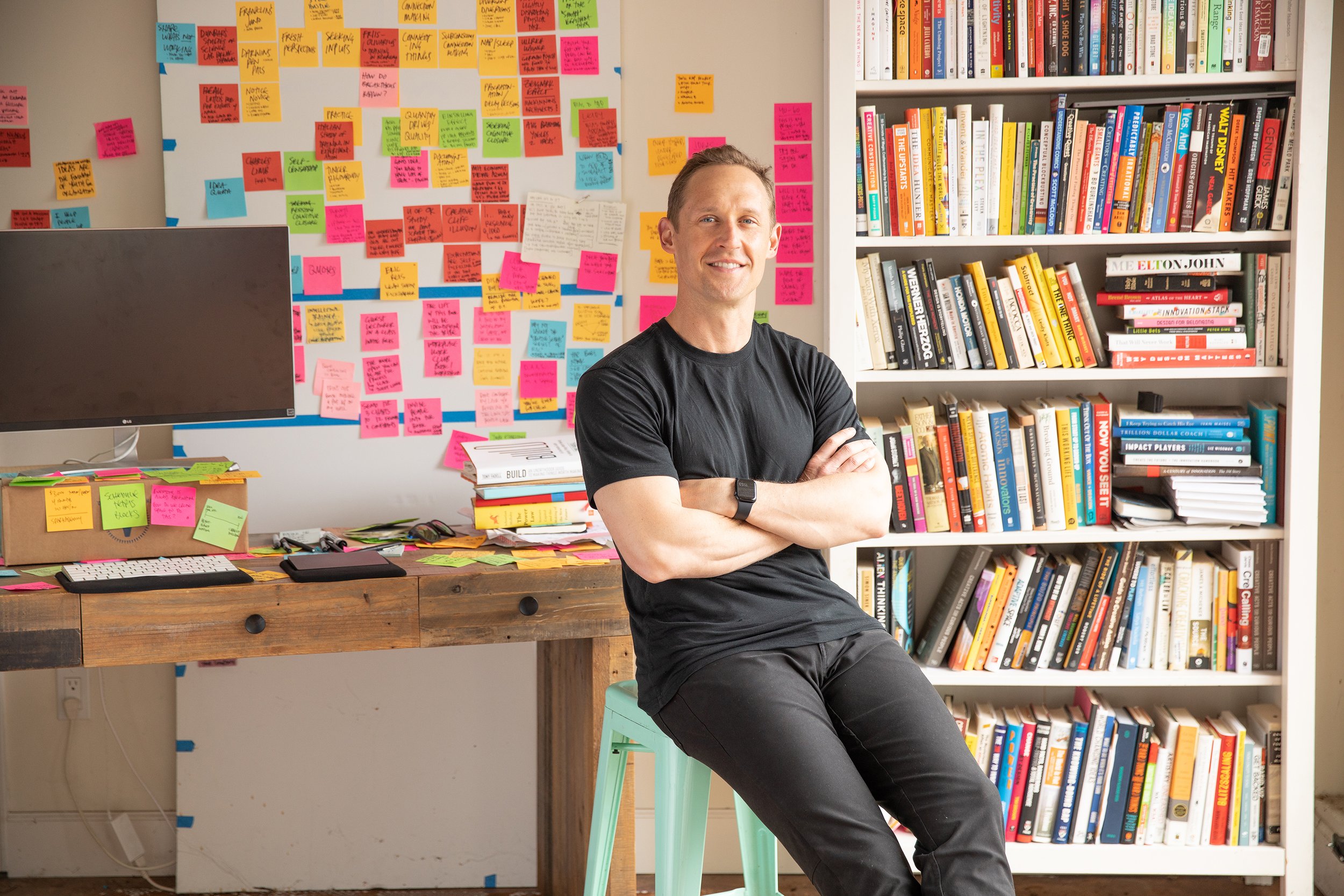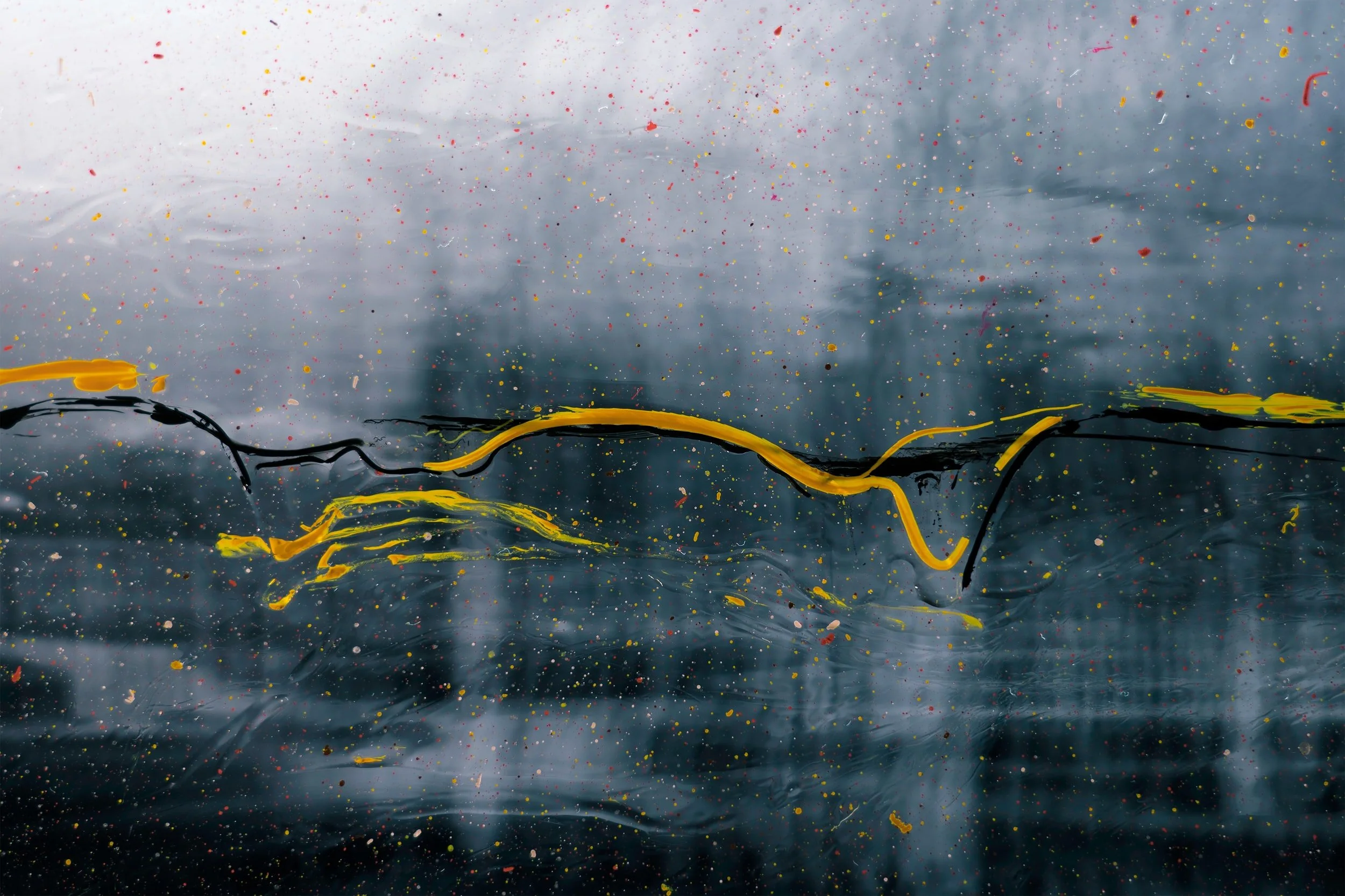
Methods of the Masters
A blog on the art & science of creative action.
Make Experiments Cheaper
One of the prime directives of an innovation leader is to make experiments cheaper to run. Sometimes this has to do with technology; but often, it has to do with the institutional norms driving would-be-innovators’ assumptions and expectations.
Kindle Your Affections
An all-too-typical email from an earnest founder (“How do I know which of my ideas will get the highest valuation…”) reminded me of Steve Jobs’s explanation of why Apple triumphed over Microsoft’s Zune with the iPod. His words about motivation shed light on an oft-overlooked factor in the age of entrepreneurship.
Hack Your Chronotype
Our chronotypes dictate our prime time, or the time of the day when we are most focused, most creative, and most likely to experience flow. If you want to be most effective in your creative practice, you need to be in sync with yours!
Book A Think Week
Lin-Manuel Miranda recently shared a key insight derived from the process of writing Hamilton: "Life is always going to present distractions. The best idea (the idea to make a musical of Hamilton) actually happened when we were on vacation -- on a pool float with a margarita in hand -- in a moment when your brain could kind of unplug from your day-to-day concerns…”
Practice
World class athletes spend 80-90% of their time in practice, and only about 10-20% performing under the lights, in front of the crowd, cameras on. The proportion is completely flipped for most business professionals. In a sense, the cameras are always on. The pressure of quarterly earnings, market expectations, etc seems to dictate that there’s no room for practice. And yet, should this be?
Expect Opposition
There’s not nearly enough airspace afforded the opposition that innovation faces inside of established organizations. While folks generally acknowledge that “the organizational antibodies attack” when they try to do something new, it seems that few are prepared to face resistance to their new ideas.
Borrow Liberally
Steve Jobs was certainly a believer that “Good artists copy, great artists steal.” He and Bill Gates famously took ideas from Xerox PARC. Here’s one of my favorite examples in that lineage, of Jeff Bezos borrowing from Bill Gates to outstanding effect.
Raise the Bar
A survey of the recent history of corporate innovation reveals how consistently world-class talent is a key differentiator. From AT&T’s famed Bell Labs, to Xerox’s legendary PARC facility, to Lockheed Martin’s acclaimed Skunk Works shop, what set these units apart was their insistence on hiring the very best talent in their field. Every organization wants to hire the best talent, yet few take pains to ensure that their hiring process is delivers the best results.
Look In The Mirror
Today's post comes from Richard Wilding, the founder and owner of WMW, a creative agency which likes to pick fights with complexity at work. He's just written the UK Government's narrative for tech founders to set up, scale up and stay in the UK.
Turn Work Down
This thought-provoking piece is from my favorite NY’er, LaToya Jordan, Founder and Chief Consultant of Lead By Design Lab, a consulting practice designed to support leaders in unique, human-centric ways through leadership coaching, team development, and organizational effectiveness.
Decelerate
This counter-intuitive gem comes from Kim Scott’s experience writing the breakthrough book “Radical Candor,” having led transformation initiatives at Apple, Google, and Twitter.
Crash Your Confidence
This important insight comes from Dr. Kathryn Segovia’s vast experience leading Learning Experience Design for Executive Education at the Stanford d.school.
Humble Yourself
This piece comes from my good friend Bill Pacheco, former design leader at Cybex and Keurig Dr Pepper, and currently Senior Innovation and Design Thinking Fellow at Trinity College.
Don’t Neglect Reflection
This terrific insight comes from my good friend Dr. Leticia Britos Cavagnaro, Co-Founder and Co-Director of the d.school’s University Innovation Fellows program.
Write Your Project’s Obituary
This insightful approach comes from my good friend Marcus Hollinger, SVP of Marketing at Reach Records and the Head of Marketing at Portrait Coffee (no big deal…).
Generate Bad Ideas
Second City has launched the careers of Stephen Colbert, Tina Fey, Steve Carell, Adam McKay, Seth Meyers, and Amy Poehler, just to name a few. They’re masters at the art of ideation and experimentation. When they’re developing their shows, one of the most dependable tactics they employ is known as “Taboo Day.”
Carry A Notebook
It’s astounding to me how many of the most prolific individuals across history have been fastidious about capturing ideas. “That’s all well and good for those creative, artsy types,” one might reply. “But I’m a hedge fund manager.” Not so fast, my friend. I happened across a fantastic detail about a famous hedge fund manager, a guy named Jeff Bezos…
Preserve A Little Slack
By now, you’ve probably heard about Beeple’s record-shattering sale of “Everydays” for over $69 million. But do you know how the sale came to pass? Perry and I had an opportunity to talk to the team inside Christie’s who pulled off the landmark transaction…
Involve Yourself In Folly
Ato Essandoh is a New York-based actor and the co-host of the podcast Radio Zamunda. I was instantly drawn to his warm, openness, and curiosity. He told me about his regular Friday night gatherings of artists and friends in New York. They often challenge themselves to make something together, without regard for the final product: “It's OK if it looks like we made a mistake…”
Reframe the Objective
My friend and mentor Bernie Roth teaches a classic tool called “Reframing” in our Transformative Design class at Stanford. It goes something like this: 1) what’s something you’re stuck on? (could be a challenge, an objective, a question, a goal, an unknown, etc) 2) what would it do for you if you were no longer stuck? (what would the impact be?)…




















